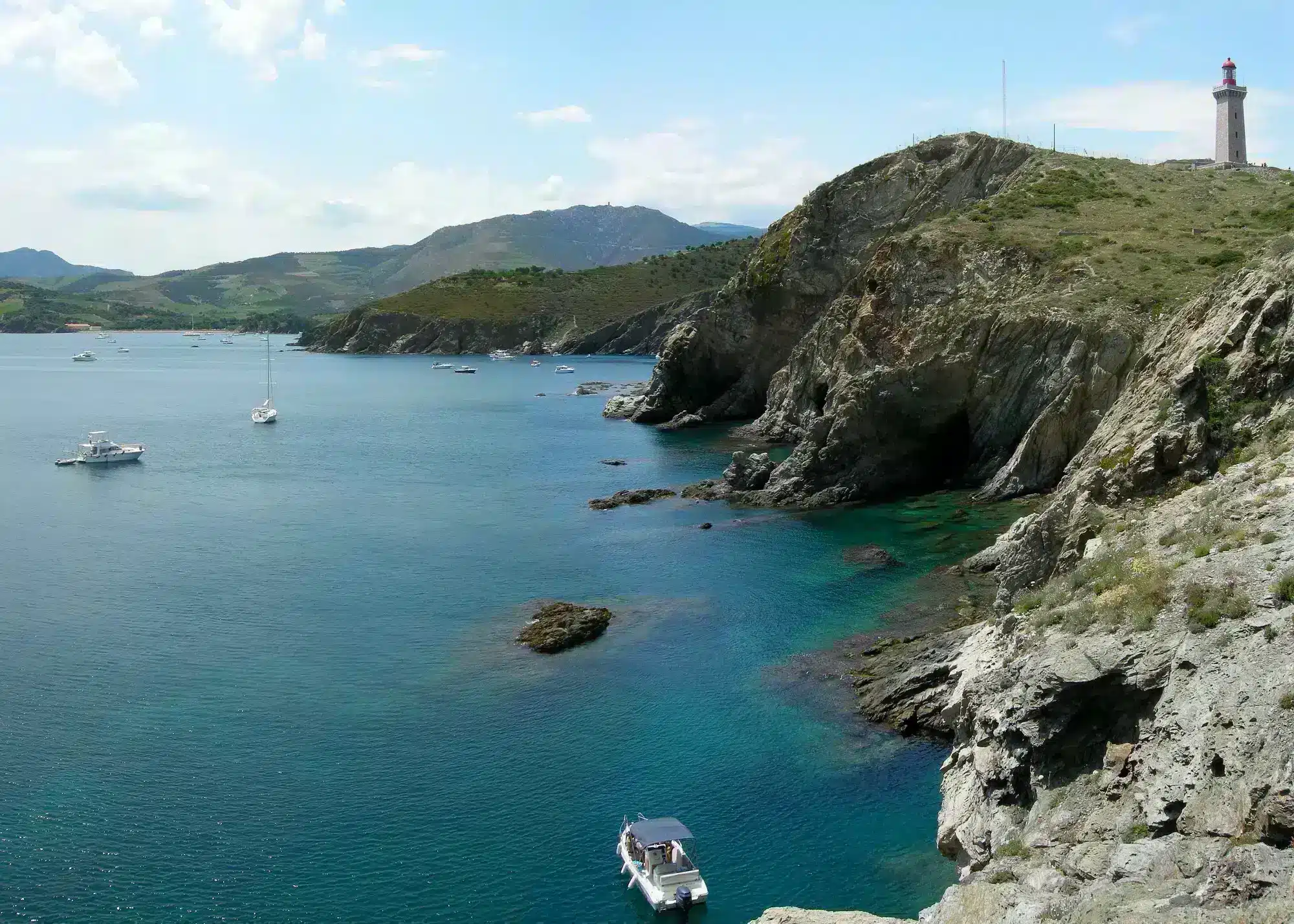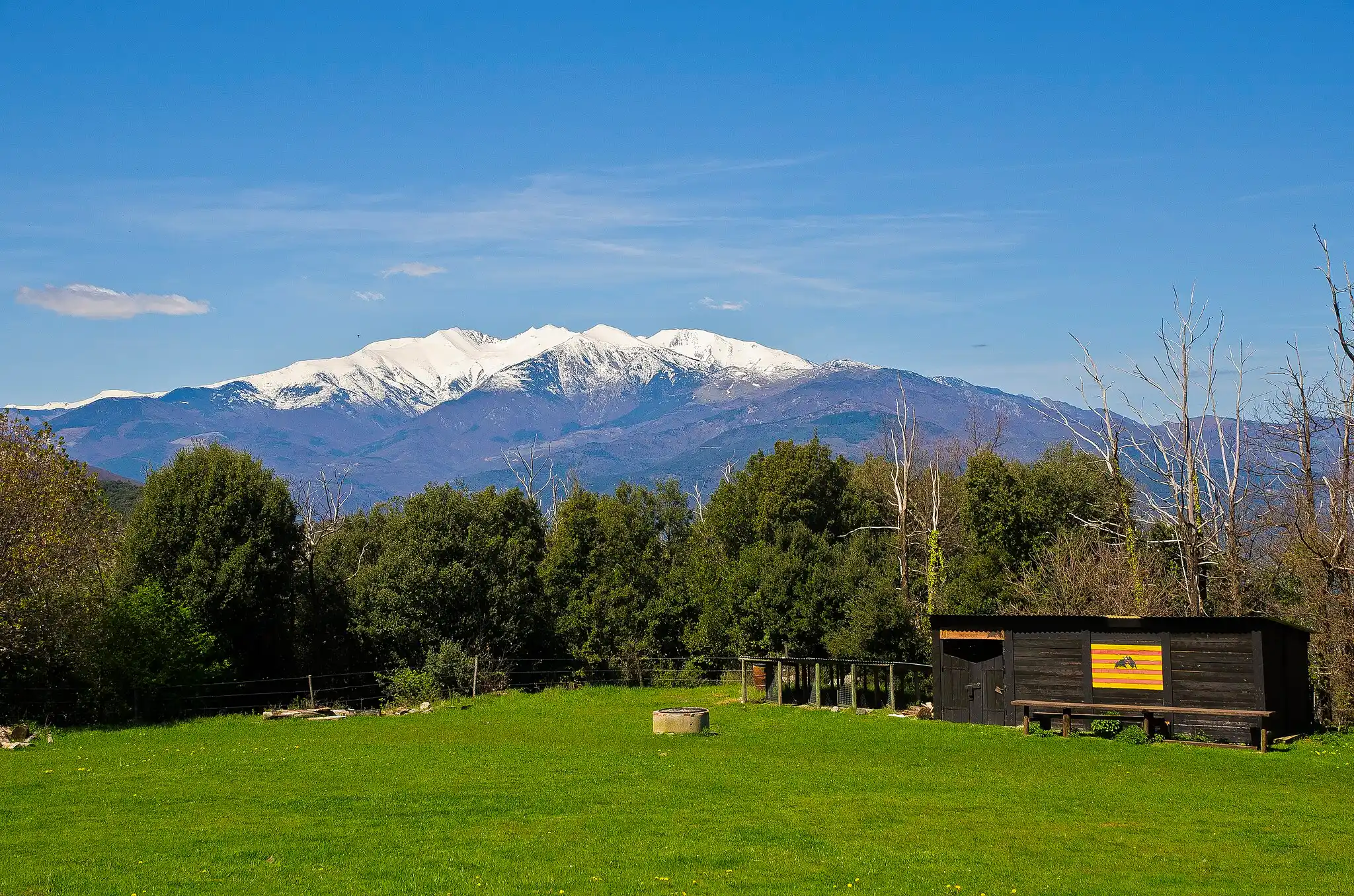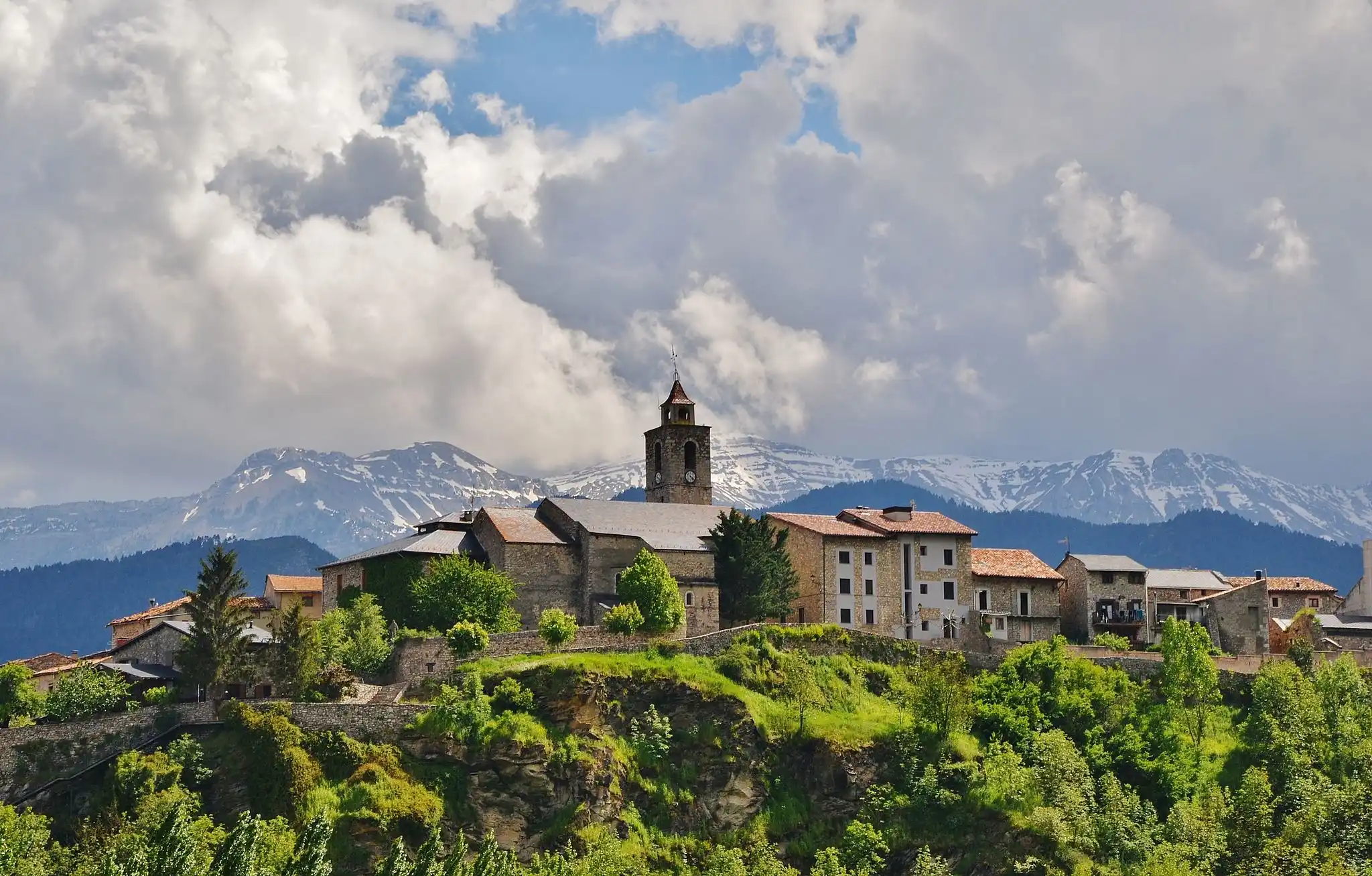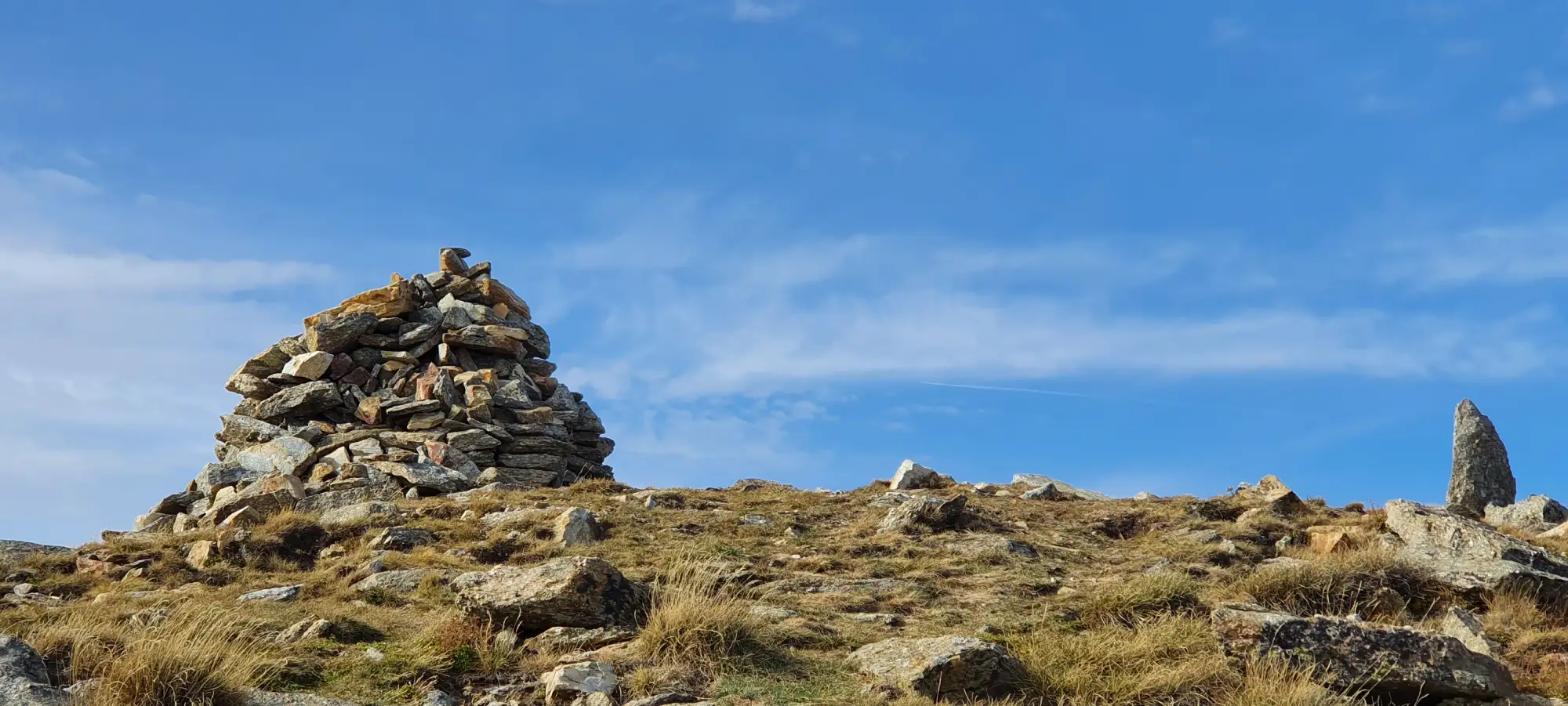Excursions in French and Spanish Catalonia
Discover the Catalan countryside from the Bois Fleuri campsite in Argelès-sur-mer, a green setting just a few minutes from the beaches of Languedoc-Roussillon and the Spanish border. In Argelès-sur-Mer, between sea and mountains, discover unique landscapes and live to the rhythm of a generous and festive culture.

Where is the Catalan country?
Catalan culture is spread across France, Spain, Italy and Andorra, around the Catalan Pyrenees and on the Mediterranean coast. On the French side, Catalonia , or northern Catalonia, covers most of the Pyrénées-Orientales department: these Catalan territories, together with the autonomous Spanish community of Catalonia, formed the former Principality of Catalonia. The Pays Catalan encompasses all territories where Catalan is spoken. It therefore also includes the Balearic Islands of the former Kingdom of Mallorca, the Valencian Country, the Principality of Andorra, the Aragonese Fringe bordering Spanish Catalonia, the linguistic zone of El Cache in the Spanish region of Murcia, and the Italian town of Alghero in Sardinia. Catalunya, as it is known in Catalan, comprises Catalunya Nord, the French territories around Perpignan, and Catalunya Sud, the Spanish lands. A region of contrasts, historically divided between France and Spain, the Catalan region stretches from the snow-capped peaks of the Pyrenees to the sandy beaches of the Mediterranean. From the Catalan coast to the plains of Roussillon, via must-see sites such as Villefranche de Conflent, Saint-Cyprien, Font-Romeu, Amélie les Bains, or Fort Saint-Elme, come and discover the riches of the Roussillon region!
Landscapes of the Catalan Country
There’s no need to choose between sea and mountains in the Catalan region! In just a few minutes, you can go from mountain peaks and nature parks to Mediterranean coves and beaches. The famous Canigou peak itself is just an hour away from the gentle waves of the Mediterranean, and only 50 km separate the natural areas west of Girona from the famous and heavenly Costa Brava. The Mediterranean coastline is one of the natural treasures of the Catalan region, with the sublime Côte Vermeille on the French side, with its crystal-clear waters and secret coves, and the Costa Brava on the Spanish side, with its infinite variety of intimate or family beaches. On either side of the border, the Catalan coastline is dotted with ancient fishing villages that have become famous seaside resorts. Even today, anchovies from the port of Collioure are world-renowned. On the land side, the natural heritage of the Catalan region is equally rich: the plains are planted with orchards and vineyards, whose quality products have made the region famous. The Pyrenees are home to a number of Grands Sites, including the Canigou massif. More than a third of Catalonia’s natural spaces are protected: among the most sumptuous to discover are the lakes of the Aigüestortes i Estany de Sant Maurici national nature park, the Hautes-Pyrénées nature park, the Montserrat nature park, the Albères massif, the volcanic landscapes of La Garrotxa, and the wetlands of the Ebre delta.
Catalan architecture
A strategic territory, long disputed throughout history by the kings of France, Aragon and Majorca, the Catalan region is rich in precious architectural heritage, bearing witness to its culture, its various affiliations and the military challenges it has successively represented. From churches and thermal baths to defensive towers and castles, the towns and villages of the Catalan region boast buildings dating back centuries. Catalan architecture bears witness to the prosperity of the ancient kingdom of Majorca, Cathar history, Napoleonic epics and the more recent Spanish “retirada”. The Palais des Rois de Majorque is a fine example of the architecture typical of the Occitanie region. Strongholds, fortified gates and walls have often survived several centuries intact and served many purposes. Catalan memory is carefully preserved by its people, who cherish the defensive medieval architecture and eccentricities of a Dali with equal attention. Religious buildings abound with artistic treasures. Old stone lovers and history buffs will find the Catalan countryside an inexhaustible source of discoveries.
The cultural heritage of the Catalan region
The Catalan identity is based on a common language and a rich culture. During a seaside holiday in Argelès-sur-Mer, you can discover Catalan culture through numerous traditional, popular and religious festivities. Carnival, Sant Joan, St. Jordi or the Cabalgata de los Reyes Magos will introduce you to the typical Sardana dance or the human pyramid known as a castell. Catalan cuisine is also an integral part of the local culture, combining local produce and seafood. Fruits and vegetables are well represented, as are dried fruits such as almonds, which feature in many recipes. Catalan gastronomy boasts many specialties, including coques catalanes, sofregit, sarsuela, estouffat catalan, cargolade, touron, neules and rousquilles. From appetizers to desserts, let yourself be surprised by gourmet and exotic flavors! Last but not least, the wines of the Catalan region include several renowned AOCs and vineyards: Banyuls, Rivesaltes, Priorat, Montsant, Penedès and Empordà.



